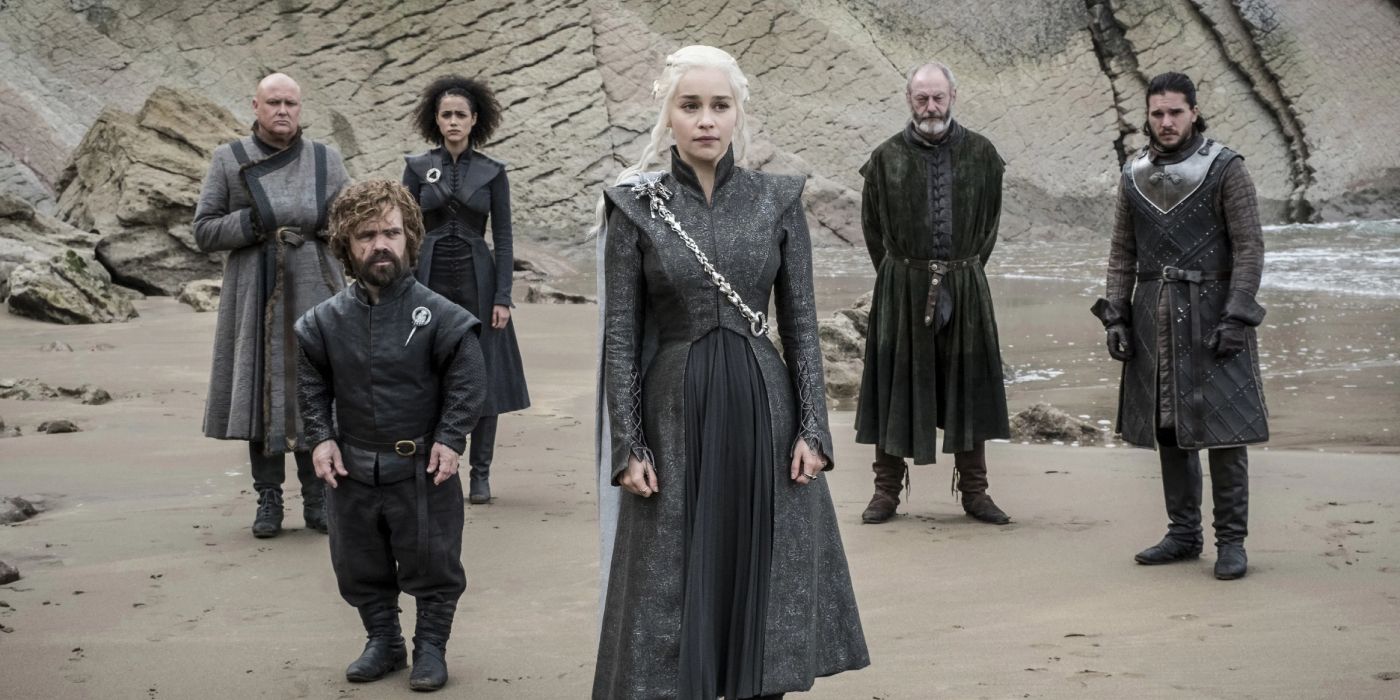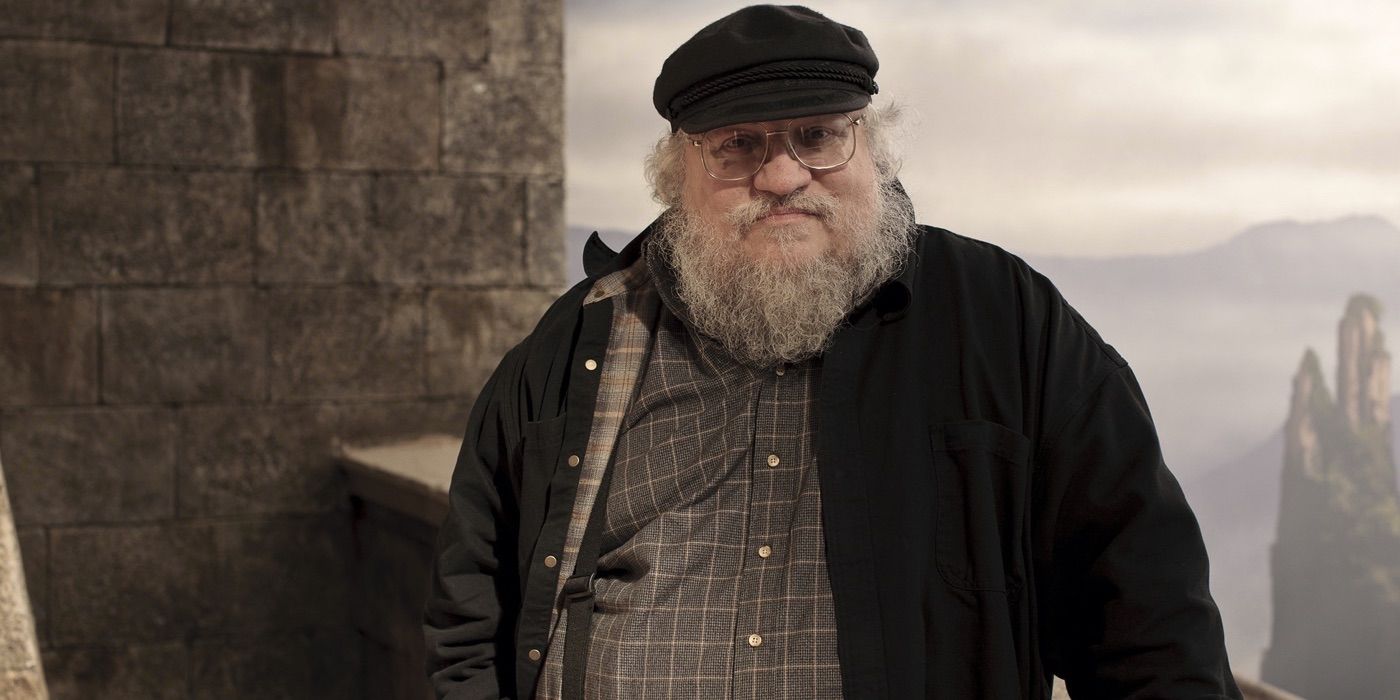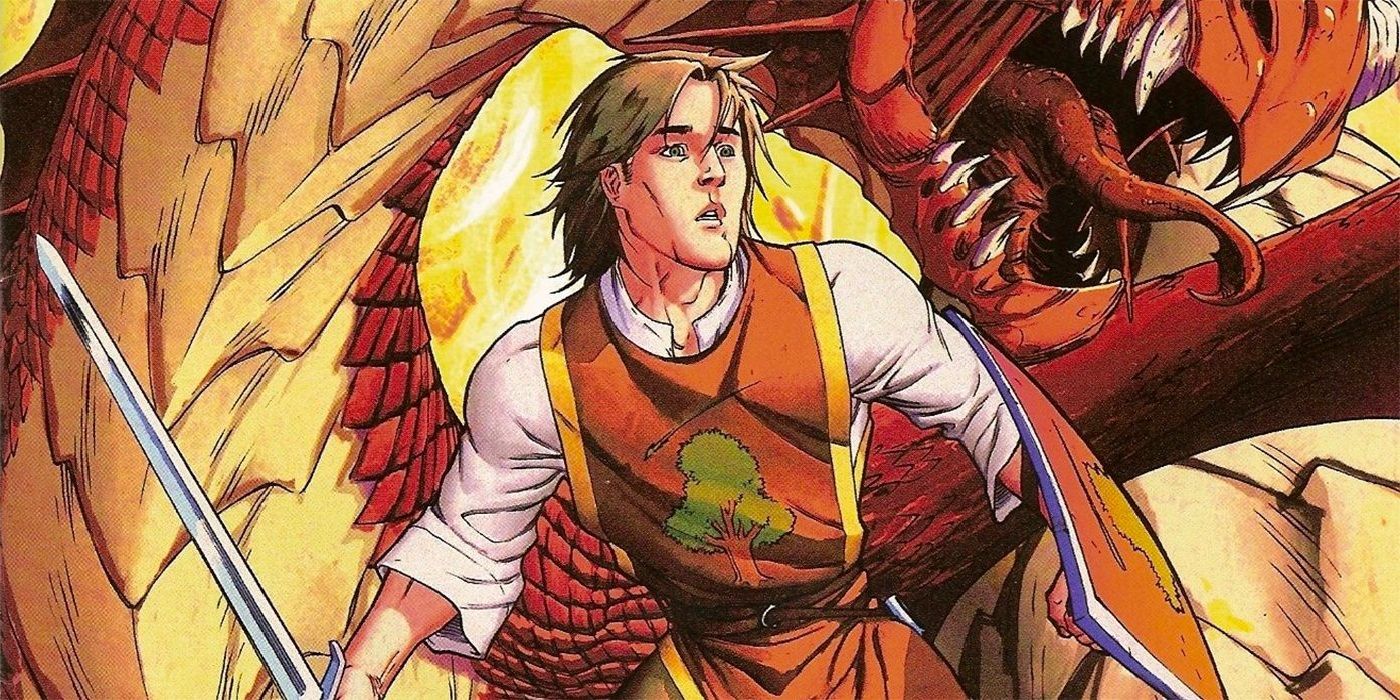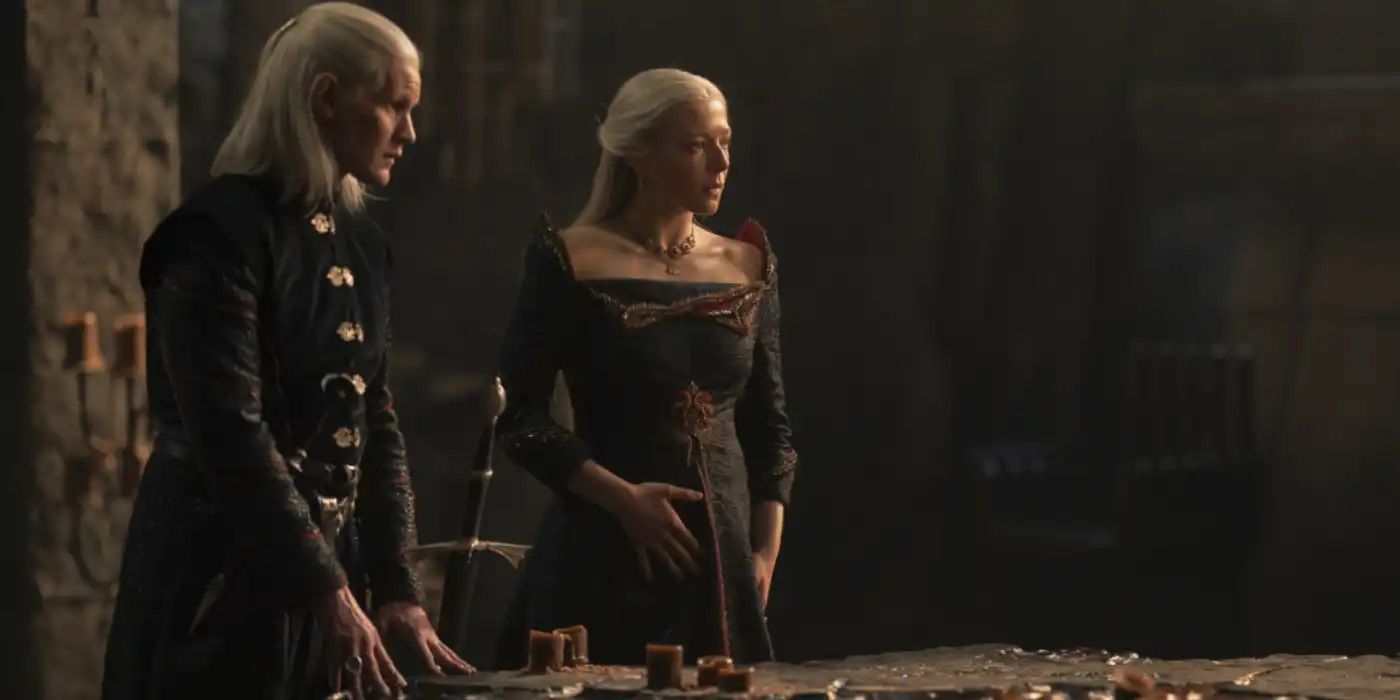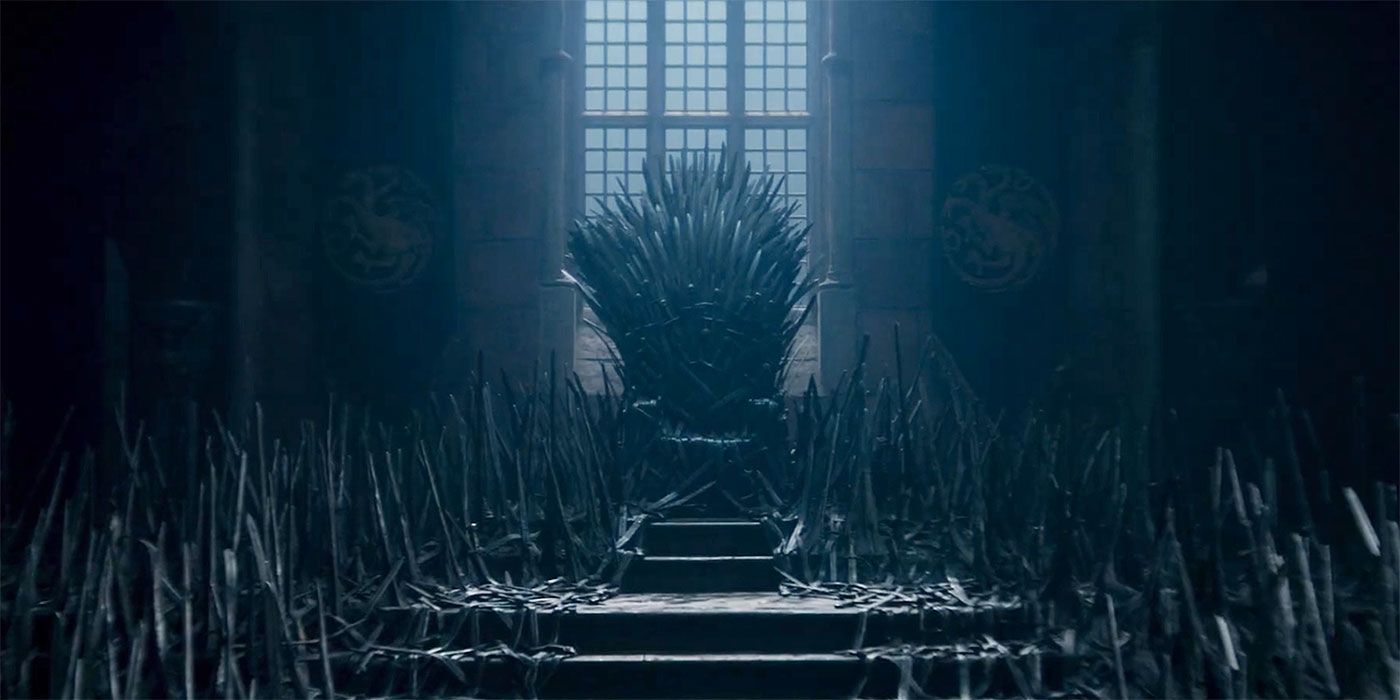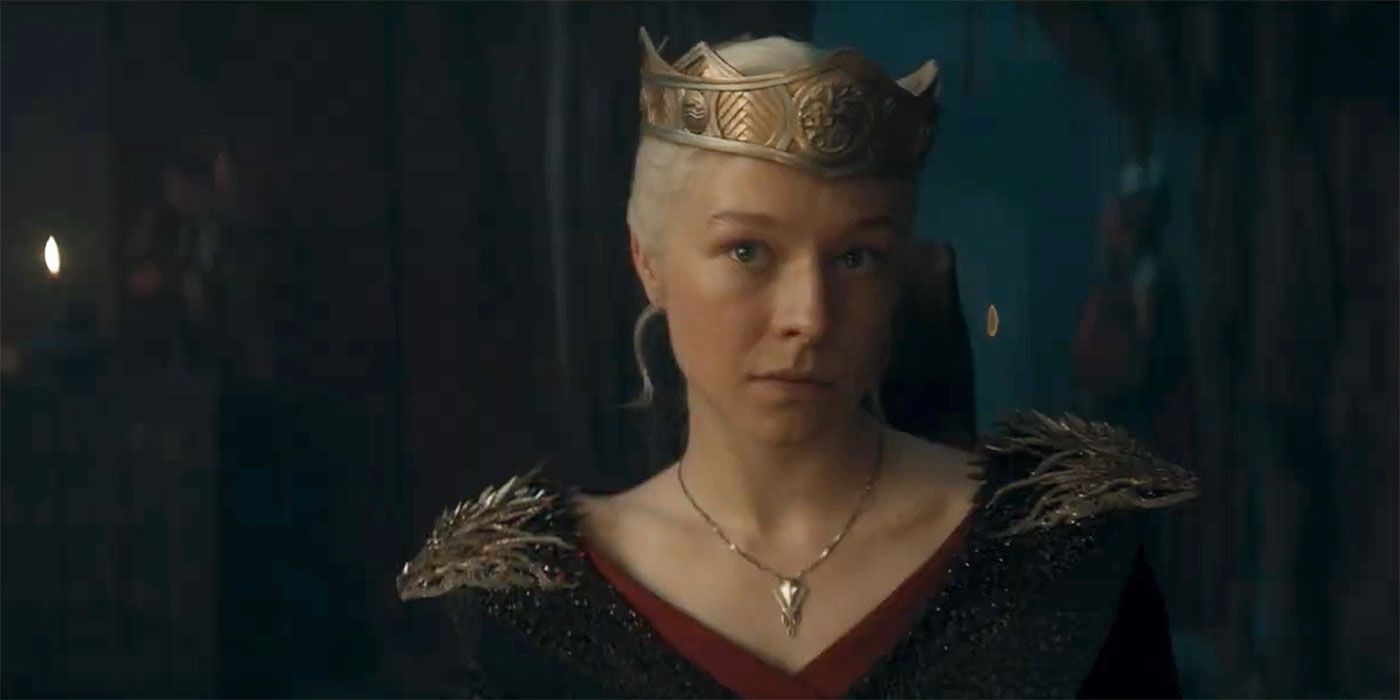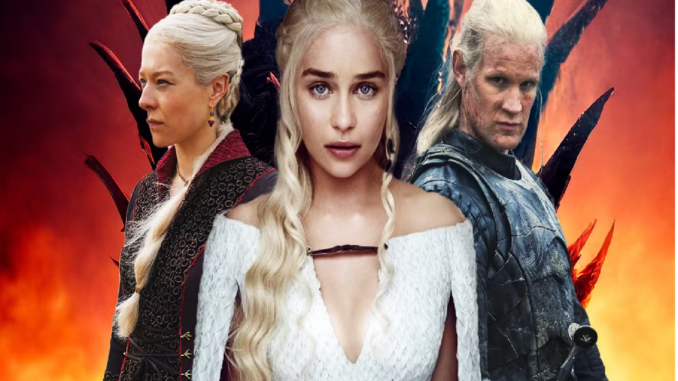
With the success of House of the Dragon, it remains no surprise that HBO has been in a race to replicate its success with the next Game of Thrones spin-off. However, caution should be exercised when exploring which ideas to give the green light, as the studio risks creating an overabundance of material that dilutes the value of their greatest property and creates mediocrity fatigue among fans. Given how many failed projects we’ve already seen, the pattern they create feels worrying, featuring stories that either lack enough material for a full story or possess too many unfamiliar elements.
When prioritizing which ideas earn official approval, House of the Dragon should be a role model, using a rich and complete story that remains both distant and connected to draw longtime fans and older viewers alike. New storytelling methods should still be explored, but only in a way that seeks to complement what we already have, not detract from them. There is no shortage of lore to adapt, but great care must be given to avoid repeating overextending Game of Thrones in a way that emphasizes quantity over quality.
Many Cancelled Stories in Westeros Feel Particularly Lacking
Perhaps the best example of making a spin-off for its own sake is the recently canceled Jon Snow (Kit Harington) sequel series, a show that no one had asked for and yet advanced far enough to be considered. Aside from building off a controversial series ending and needlessly extending a character arc, the idea feels particularly uninspired and ironically tries too hard to connect with other shows. It’s the same reason George R.R. Martin has been adamant that a Robert’s Rebellion prequel will never be made, despite its prominence to the main story. Alternatively, other spin-offs have experienced the opposite problem, being so far removed from the world of Westeros that they face major difficulties in gaining interest from the audience. The pilot for Bloodmoon, which was fully shot before ultimately being rejected, is perhaps the greatest offender. By focusing so much upon the origin of the White Walkers thousands of years before the original show, the idea not only robbed the mystery from those legends but lacked the political elements that gave the show more mainstream appeal in the first place.
Future spin-offs need to balance how connected they remain to the original series and each other. This is undoubtedly a unique problem, but it is not an insurmountable one, as the volume of history indicates. Instead of focusing on characters we’ve already seen and whose stories are finished, we should be meeting new characters in a familiar world. There are plenty of potential stories that would accomplish this task, and they remain much more interesting than revisiting old concepts.
HBO Must Avoid the Unfinished Stories That ‘Game of Thrones’ Was Left With
One of the biggest strengths of history in Westeros is also its great weakness, in that there is so much of it that even a great author would struggle to map it all out in detail. Even the main story is far from finished, forcing the showrunners to adapt on the spot, and many of the spin-offs we’ve seen have similar risks. Similar to Bloodmoon years earlier, the 10,000 Ships idea took a fascinating footnote from the world George created and tried to expand it into a full series. However, the writer himself conceded that it was simply too disconnected from the original series to spark interest from the studio. More importantly, there is simply not enough history present to create an adaptation without relying on completely new storylines — a major risk that has not always worked favorably. On a similar note, A Knight of the Seven Kingdoms: The Hedge Knight, which remains much more in line with what a proper spin-off should be, will likely struggle with this problem in potential future seasons.
This is not to say those eras of history are not worth exploring. The upcoming animated series about Corlys Velaryon (Steve Toussaint) is a great example of how the fantasy world of Westeros can be expanded without great risk. Due to the status of Nine Voyages as a shorter miniseries, the issue of an incomplete story does not loom over the show like it does for many others and the use of animation could allow for greater use of fantasy concepts that the show sometimes lacks. One could easily imagine the more unorthodox elements of this world, like Old Valyria, being explored in this manner.
‘House of the Dragon’ Serves as the Poster Child for ‘Game of Thrones’ Spin-Offs
In addition to the quality of the story, there are many factors one could point to when discussing the great success of House of the Dragon as the first major Westeros spin-off. Not only is it a completed story that possesses many of the same elements that made the original series work, but it also remains accessible for new fans, who have embraced the show in droves. While it does focus more on the political themes than the fantasy ones, this is perfect for its live action format and HBO is clearly taking notes. The three long centuries of Targaryen’s history are perhaps the most promising formula for success since most of it remains known, and the mix of both fantasy and politics take center stage through the Iron Throne and the many dragons that protect it. The Dance of the Dragons is clearly the most obvious choice for an adaptation, hence why it was picked first, but it remains far from the only Targaryen story worth exploring. From the rise of Maegor the Cruel to the Blackfyre Rebellions, Targaryen history is rife with potential stories once the current spin-off is finished.
To some extent, HBO already appears to be learning this lesson. The recent confirmation of a series based upon the Conquest of Westeros under Aegon I checks all the right boxes for what can make a successful storyline with the incestuous, magical, and dragon riding family we know and love. The actual story of how Aegon unified Westeros is perhaps the most important piece of lore in the franchise and there is still more than enough material to last for several seasons if one wished. Finally, such a series could serve as an important and fresh introduction to new fans, just as its predecessor has done already, and allow them to get a true sense of that history by watching the other shows in chronological order.
Overall, there are many reasons to be wary of adapting too many stories in Westeros, but the good news is that the model for success is already present in the open for all to see. When exploring which of them to give proper treatment, great caution must still be exercised to ensure they remain fulfilling, complete, and familiar. The struggles of adapting an unfinished story have long been clear and some degree of connection to the world of Westeros remains very important to capture without relying on older characters. Even with these big roadblocks, there is also still enough material present in Targaryen history to get a few more good stories onto the small screen, whether through live-action or animation. Even with this wealth of material, however, one must be careful not to overextend the franchise and cast it into irrelevance. After all, it would be a tragedy if such an amazing franchise were to gradually become degraded from an excess of uninteresting, unfamiliar, and unfinished stories.
